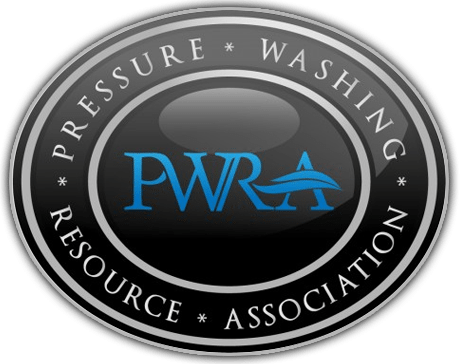Why does glass scratch?
We do a lot of post-construction window cleaning. The most common question I hear from site superintendents is “You aren’t going to scratch the glass, right?” Happily, I can always answer “No, we don’t scratch glass.”
Unfortunately, many window cleaners can’t say the same. True, some might know that glass can scratch if scraped. Some might even be able to identify which glass is safe for a scraper and which isn’t. But do they know why some glass is fine and some is prone to scratching?
Here’s and explanation. Most of the glass that gets installed these days is tempered. That means it gets heat-treated during the manufacturing process. This tempering strengthens the glass, making it more resistant to breakage and thereby making it safer for the end user.
Here’s a secret glass manufacturers don’t want you to know. Properly tempered glass will not scratch when scraped with a good razor blade. Tempered glass is incredibly hard, it’s designed to be tough! A quality razor blade in the hands of a skilled window cleaner is the perfect tool when it comes to removing debris commonly found on windows in a post-construction environment. Razor blades provide the means to quickly and effectively remove paint, adhesive, stain, mortar and most other materials from a window’s surface. Most importantly, no other method provides better results.
In a perfect world, glass manufacturers would thoroughly clean pieces of glass before they get tempered. This is necessary because a raw piece of glass has microscopic particles on it’s surface, such things as dust and tiny glass shards (called “fines”). Manufacturers actually have special equipment designed for just such a purpose. The process is supposed to go like this: new glass gets cut to size, runs through a machine that thoroughly cleans both sides, then goes through the tempering furnace. Wash, rinse, repeat. This should result in a nice piece of strong glass that has a nearly perfect surface on each side. The glass can be scraped with a razor blade with no worries.
Here’s where the problems begin. In a mad dash to keep up with the demand for tempered glass, and to keep costs down and margins up, many manufacturers neglect to maintain their cleaning equipment. This results in the brushes that do the cleaning becoming saturated with the very debris they are supposed to be removing from glass! The glass doesn’t get properly cleaned before tempering, tiny glass fines and dirt particles remain on the glass, and then it gets tempered! What is the result? Well, those particles fuse to the surface of the glass during tempering and become a permanent imperfection.
It’s important to note that, many times, this fabricating debris is invisible to the naked eye. A typical end user will likely not even realize it’s there. It’s only when an uneducated window cleaner uses a blade on glass like this that the imperfection becomes evident. As the scraper moves across the glass, it dislodges these particles and drags them along. You end up with scratches like these:
So, the moral of the story? Make sure you’re window cleaner knows how to identify this issue before scraping the glass. Ask them about fabrication debris. If they give you a blank stare, that’s a warning sign. At the very least, you should insist they not use a scraper on your windows.
On the other hand, your window cleaner may be fully aware of the fabrication debris problem. It’s important to note that there are many other methods for cleaning windows besides scrapers. Ideally, consumers should choose a window cleaning company that is skilled in using these alternative methods. That will ensure that you, the customer, can limit the risk of scratched glass while still enjoying satisfactory results.







